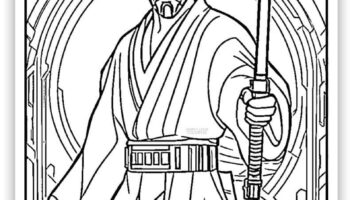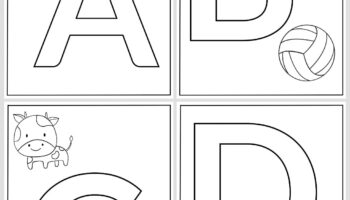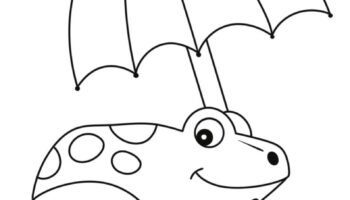A visual aid frequently employed in early mathematics education leverages a rectangular frame containing two rows of five squares. This tool assists in the development of number sense and basic arithmetic skills. For example, it can be utilized to represent the number seven by filling seven of the ten squares with counters or dots, thereby providing a concrete representation of quantity and its relationship to ten.
The utilization of such a resource is valuable for fostering understanding of place value, addition, and subtraction. By providing a structured visual, it enables learners to grasp numerical concepts more readily. Its historical context stems from the need for tangible manipulatives to support abstract mathematical thinking in young learners, contributing to a stronger foundation in number comprehension.
The following sections will elaborate on the specific applications of this pedagogical instrument, including its adaptability for various mathematical concepts and its integration into diverse teaching methodologies.









